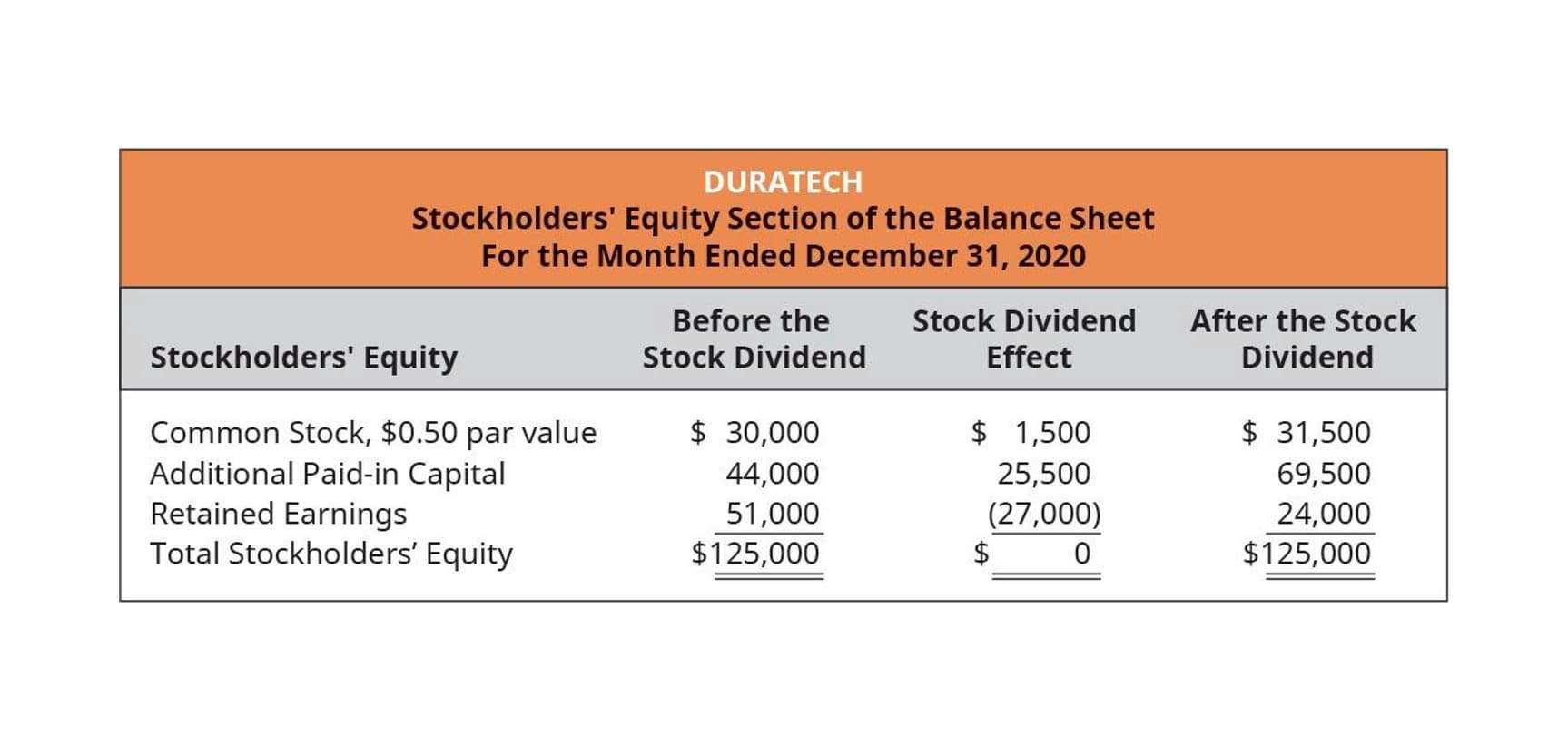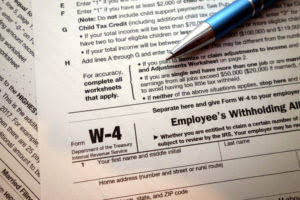14 Nov Accounting Equation Definitions, Formula and Examples

Operating expenses are those that provide benefits only during the current period. Financing expenses refer to expenses relating to non-equity financing used to raise capital for the business. And capital expenses are the ones that generate benefits over long periods of time.

These may include loans, accounts payable, mortgages, deferred revenues, bond issues, warranties, and accrued expenses. This equation sets the foundation of double-entry accounting, also known as double-entry bookkeeping, and highlights the structure of the balance sheet. Double-entry accounting is a system where every transaction affects at least two accounts. Substituting for the appropriate terms of the expanded accounting equation, these figures add up to the total declared assets for Apple, Inc., which are worth $329,840 million U.S. dollars.
Liabilities = Assets – Owner’s Equity
To know the financial performance and position of the business, a business owner is required to prepare financial statements at the end of a specific period. Return from free basic accounting equation to Accounting Basics page. The Basic Accounting Equation is a simple equation that states that the assets of a business are equal to the liabilities plus the equity. This equation is important because it helps to understand how a business functions and how it earns money. While trying to do this correlation, we can note that incomes or gains will increase owner’s equity and expenses, or losses will reduce it. This equation serves to provide an essential form of built-in error checking mechanism for accountants while preparing the financial statements.
- As you can see, no matter what the transaction is, the accounting equation will always balance because each transaction has a dual aspect.
- During the month of February, Metro Corporation earned a total of $50,000 in revenue from clients who paid cash.
- As inventory (asset) has now been sold, it must be removed from the accounting records and a cost of sales (expense) figure recorded.
- A debit refers to an increase in an asset or a decrease in a liability or shareholders’ equity.
- Debt is a liability, whether it is a long-term loan or a bill that is due to be paid.
- It’s extremely important for businesses in that it provides the basis for calculating various financial ratios, as well as for creating financial statements.
- And to state the financial position of a business as on a particular date at the end of the accounting period.
The accounting equation will always balance because the dual aspect of accounting for income and expenses will result in equal increases or decreases to assets or liabilities. Thus, the accounting formula essentially shows that what the firm owns (its assets) has been purchased with equity and/or liabilities. The purpose of this article is to consider the fundamentals of the accounting equation and to demonstrate how it works when applied to various transactions. If a company keeps accurate records using the double-entry system, the accounting equation will always be “in balance,” meaning the left side of the equation will be equal to the right side.
Accounting Basics: What is Financial Accounting?
That is, each entry made on the debit side has a corresponding entry (or coverage) on the credit side. To further illustrate the analysis of transactions and their effects on the basic accounting equation, we will analyze the activities of Metro Courier, Inc., a fictitious corporation. Refer to the chart of accounts illustrated which of the following is the basic accounting equation in the previous section. We could also use the expanded accounting equation to see the effect of reinvested earnings ($419,155), other comprehensive income ($18,370), and treasury stock ($225,674). We could also look to XOM’s income statement to identify the amount of revenues and dividends the company earned and paid out.

Now, there’s an extended version of the accounting equation that includes all of the elements (described in the section above) that comprise the Owner’s Equity. Metro Courier, Inc., was organized as a corporation on January 1, the company issued shares (10,000 shares at $3 each) of common stock for $30,000 cash to Ron Chaney, his wife, and their son. $10,000 of cash (asset) will be received from the bank but the business must also record an equal amount representing the fact that the loan (liability) will eventually need to be repaid. These are some simple examples, but even the most complicated transactions can be recorded in a similar way.
Matching Concept
In other words, a cash flow statement represents various items which bring about changes in the cash balance between two balance sheet dates. So, the primary objective of financial statements is to assist the users in their decision-making. Thus, the information regarding the results achieved by an entity during a specified period of time are in terms of assets and liabilities, which provide the basis for taking decisions. Using these principal statements, the stakeholders try to analyze the profitability and financial position of any business concern. Through these fundamental accounting statements, the corporate management communicates financial information to all of its stakeholders.
Taking time to learn the accounting equation and to recognise the dual aspect of every transaction will help you to understand the fundamentals of accounting. Whatever happens, the transaction will always result in the accounting equation balancing. A trade receivable (asset) will be recorded to represent Anushka’s right to receive $400 of cash from the customer in the future. As inventory (asset) has now been sold, it must be removed from the accounting records and a cost of sales (expense) figure recorded. The cost of this sale will be the cost of the 10 units of inventory sold which is $250 (10 units x $25).




Sorry, the comment form is closed at this time.